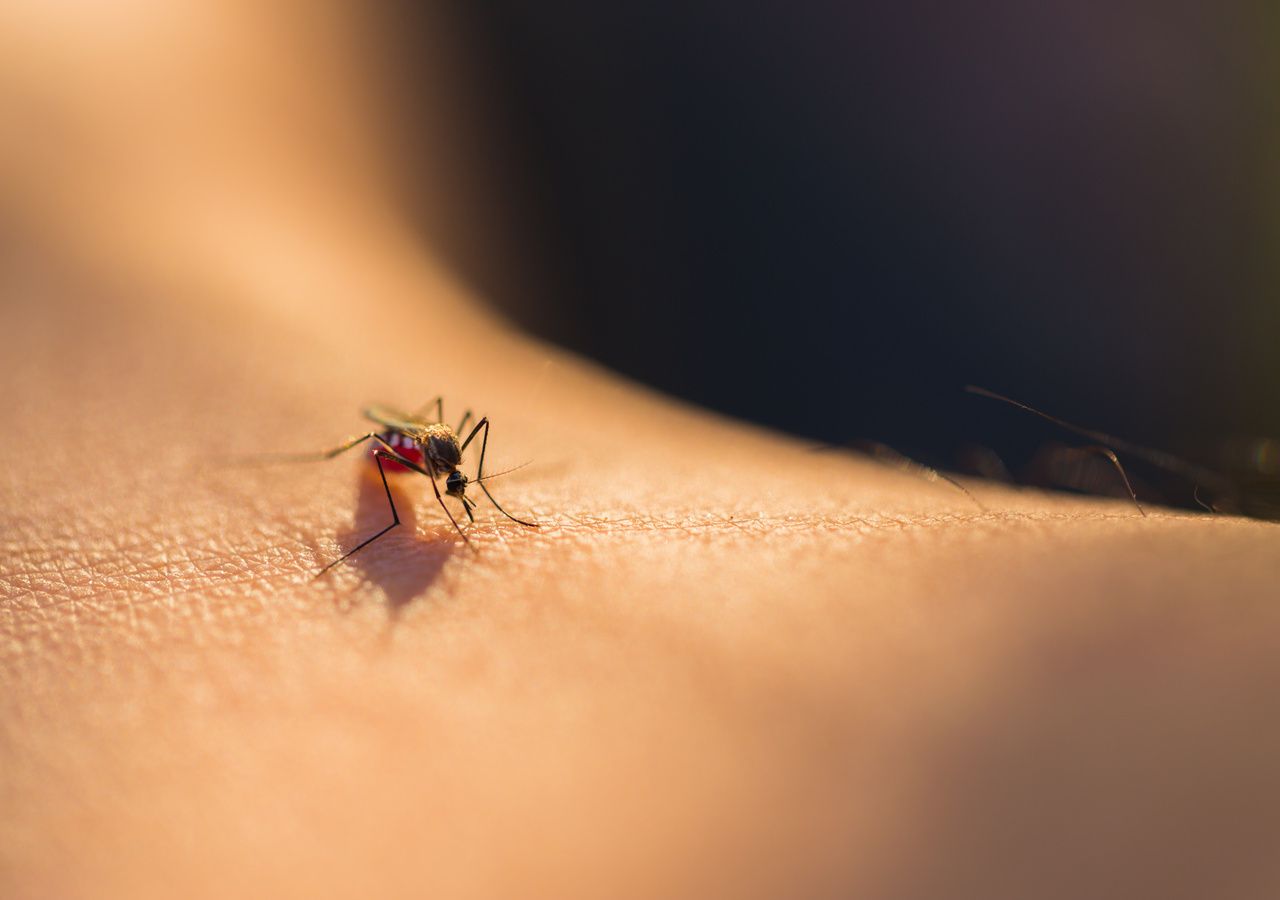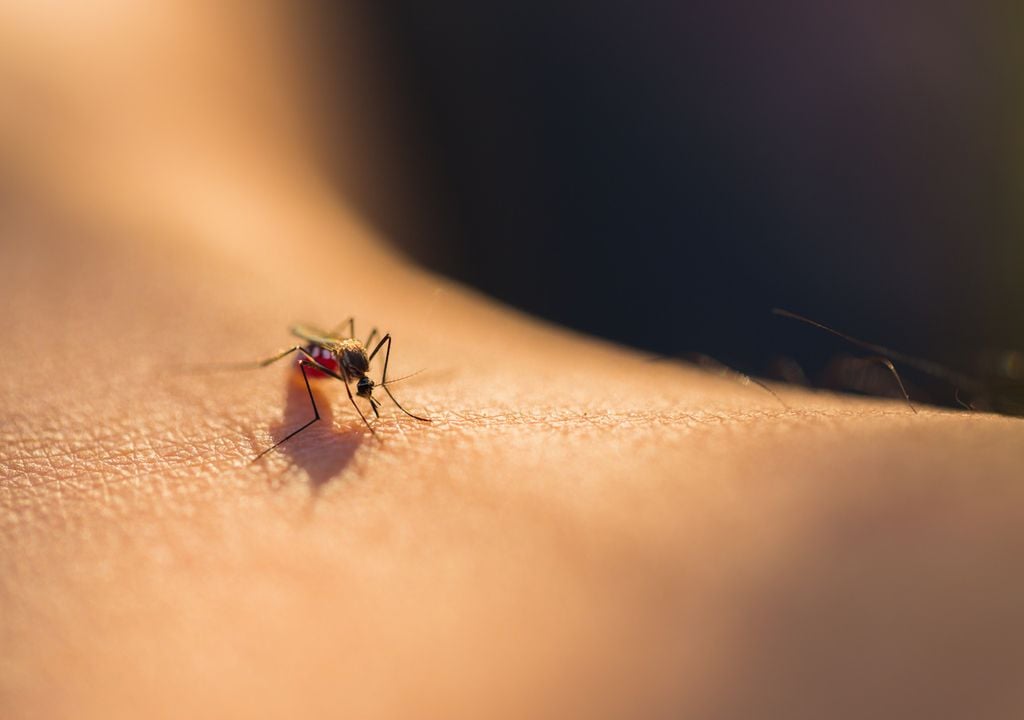What are the main symptoms?


In an alarming development of events Spain confirmed its first case of West Nile virus in April 2024. a historically unprecedented month for the emergence of this disease.
This case involving a minor in Lebrija, became a warning sign that the infection season may be expanding. due to factors such as rising temperatures associated with current climate change.
What is West Nile virus?
West Nile virus is a mosquito-borne disease that was first identified in Uganda in 1937. Over the decades, the virus has spread to different parts of the world, including North America and Europe. IN SpainThe first human cases of the disease were identified in 2004, while a notable outbreak in 2020, resulting in 77 cases and 8 deaths.
I am sharing with you a very graphic image of West Nile Virus (WNV).#OneHealth pic.twitter.com/tKOeJZAdBa
— Alvaro Mata (@alvar0mata) August 17, 2020
The virus is transmitted through the bites of infected mosquitoes, mainly the Culex species.. These insects become infected from the bites of birds carrying the virus and can then transmit it to people and other animals.
What is the Culex species? This is a genus of mosquito that is known to be a major carrier of several viral diseases, including West Nile virus. This genus includes several species of mosquitoes, of which Culex pipiens It is one of the most common and significant from a public health point of view.
Approximately 20% of people infected with the virus experience flu-like symptoms.which indicates the development of Nile Valley fever. In 1% of these cases, symptoms may worsen significantly, increasing the risk of fatal complications.
These are the most common symptoms
According to World Health Organization, those who show typical symptoms of this diseased they usually experience them during period from 3 to 14 days. Clinical signs include:
- Heat
- Strong headache
- Nausea and episodes of vomiting
- Generalized muscle pain
- Rash
- Enlarged lymph nodes
Prevention and treatment measures
Given the threat of West Nile virus, it is critical to take preventive measures to control mosquito populations and reduce the risk of bites.
These include removing stagnant water places where mosquitoes can breed, using repellents and installing mosquito nets on windows and doors. But above all, Epidemiological surveillance is also key. for rapid detection and response to outbreaks.
In record time, we developed a protocol for the care of patients with suspected and confirmed West Nile virus infection.
Here it is, even before you hang it on @guiaprioam
We leave this here so you know.#InfMicPrevHUVR pic.twitter.com/Fk3USwvoZy— Diseases Infectious microbiology and parasitology HUVR (@InfMicHUVR) August 14, 2020
At the moment, there is no specific treatment for this pathogen, and there is no vaccine to prevent infection. Mild cases usually go away on their own. while the most severe may require hospitalization and even intensive therapeutic support.
Impact of climate change
Experts warn that Climate change is playing a critical role in changing the normal patterns of virus spread.. Rising temperatures and changing precipitation patterns allow Mosquito vectors survive and reproduce for longer periods throughout the year.which could explain the early emergence of the virus in April.

Thus, climate plays a decisive role in the spread of the virus, affecting both survival and behavior of mosquito vector as a virus life cycle. If current climate projections are correct, Spain will experience optimal conditions favoring these vectors and therefore the transmission of the virus.
